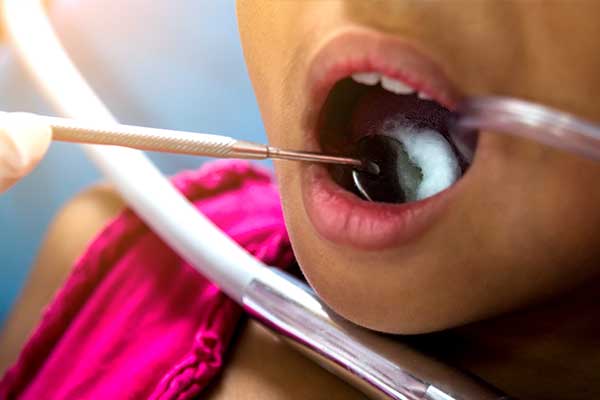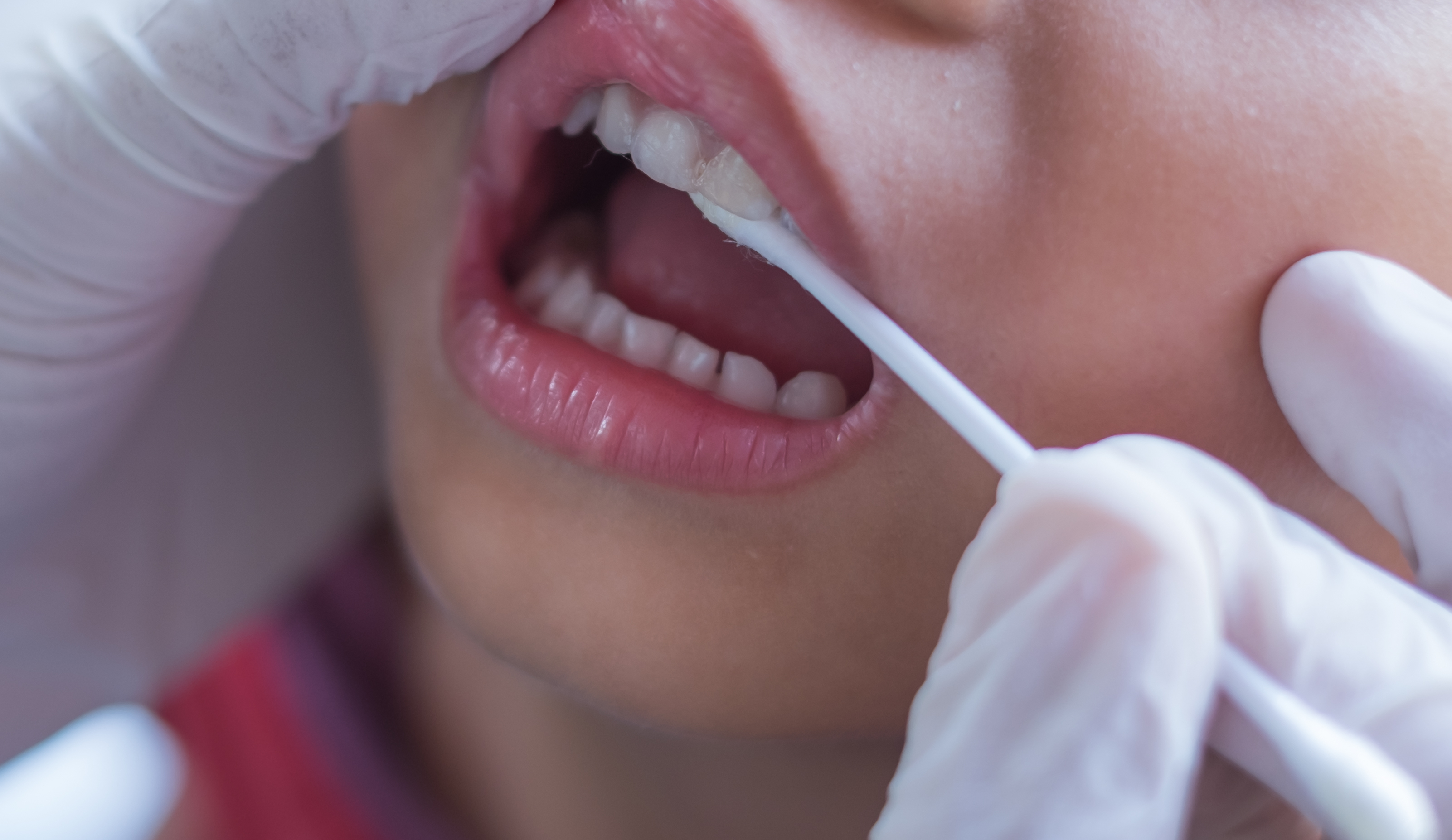The dental health of children is an important aspect. Good and appropriate dental habits should be inculcated into their lifestyles, right from an early age. One such common dental habit is the application of toothpaste.Most toothpaste contains fluoride compounds. Fluorides are natural minerals that are normally found in many food items.
These minerals erode away from the tooth structure when the tooth is exposed to acids and other substances.These compounds have been included because these natural elements are very much safe when used properly in children. Application of fluoridated toothpaste is believed not only to prevent tooth decay but also to reverse the decaying effect in early cases. The below list mentions some of the other positive effects of fluoride application in children:
- Increasing the strength of teeth.
- Prevention against acid attack.
- Facilitates the repair of the unhealthy tooth.
- Eradication of bacteria that causes infections.

2 main forms of fluoride exist in the market. They are systemic fluoride and topical fluoride. Topical fluorides can be either self-applied or can be applied by a dental professional. Application of toothpaste is the example of a self-applied topical fluoride. The American Dental Association has recommended the use of toothpastes from the age of 2. The other methods of applying topical fluorides are through the various mouth-rinses available commercially. Professionally applied topical fluorides, on the other hand, occur in the form of a gel, rinse or foam. They are mostly applied during dental visits. The concentration of these fluorides is typically higher than the conventional fluorides used at home.
Systemic fluorides include the use of dietary fluoride supplements and community water fluoridation. These measures are very effective in fighting against tooth decay. Both systemic and topical protection is provided through these measures. Another distinctive feature of the 2 categories of fluorides is the level of activity. Systemic fluorides work on the microscopic or cellular level.
As the child grows, adequate changes in the dental habits can be incorporated. One such measure is the introduction of droplets or tablets for including fluoride into the structure of the tooth.
The most vital factor that is to be considered during fluoride application is the dosage of fluorides used.
If the dosage of the fluoride is very much less, then it might not be sufficient for protection, management & repair. The over-application of fluoride also has negative consequences. In this case, children can be affected by dental discolouration, fluorosis and even tooth damage. Fluorosis is a dental condition in which the enamel layer gets disturbed. Due to this reason, this disorder is also called mottling of enamel. The disorder can occur at any age, although this is seen to affect the younger ages more. The specs or the white streaks in the enamel layer and other features clearly indicate this disorder. The child’s teeth will have a brownish or chalky white appearance when the tooth is on its way of destruction.
In many cases, children often apply more fluoride than that is necessary. Sometimes, the sources of fluoride can come from common items like fruit juices.
Some of the steps that can be employed to decrease the excessive application are as follows:
- Employing a baby cleanser for age up to 2. These apparatus are devices without fluoride.
- Have a clear understanding of the amount of fluoride taken in. Carefully consider fluoride supplements and hidden sources like fruit juices. Consult the doctor if necessary.
- Children in the age group of 2-4 may be unable to spit out the fluoride taken in. When this happens, the children might ingest the fluoride, which does have negative effects. Care has to be taken so that this is not practised regularly.
- Always maximize the use of water when fluorides are applied. It is reported that the application of fluoride with water drops reduces the chances of developing dental cavities by about 30%. Therefore, apply water during fluoride application. For children under 3 years, bottled water may be used.









